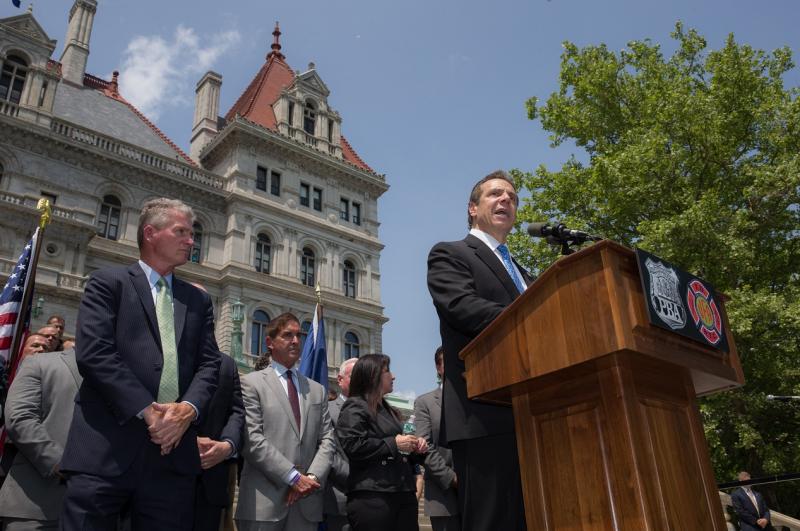
New York State’s new Democrat majority is working hard to make New York the most expensive, unfriendly place to live and build a future.
The state is already unattractive. More people left New York State than any other from 2017 to 2018. Worse, 42 of 50 upstate counties lost population since 2010. Even New York City, which has grown, has nearly half of residents saying they can’t afford it.
But the cost of electricity, driving, heck, everything we buy could skyrocket if either of two live carbon tax proposals reaches the finish line.
New York may be even closer to getting hit with a carbon tax – done in the name of compensating for the “social cost” of carbon.
Legislation from Assemblyman Kevin Cahill (D) would impose a $35 per ton tax on carbon which would rise to $185 over time. And that may not be the most immediate carbon tax threat!
New York’s Independent System Operator has released a proposal that includes a $50 per ton tax on carbon. This proposal has a long bureaucratic path in front of it before the Federal Energy Regulatory Commission (FERC) renders a decision, but could happen without the legislature taking action.
The state is already part of the Regional Greenhouse Gas Initiative (RGGI) cap-and-trade regime. But a carbon tax goes far beyond the burdens imposed by RGGI, driving costs over 50 percent higher than the cap and trade regime.
“The prices in this scheme (RGGI) have never exceeded $5-6/ton on an annual basis. We estimate an initial impact on wholesale energy prices of $21/MWh… This would represent a 50-75 percent increase in NYISO wholesale energy prices,” an ICF analysis states.
Regional cap and trade in the northeast has imposed billions of dollars in costs which get passed on to consumers and businesses. The program decreased goods production 12 percent, and “energy intensive goods” production dropped 34 percent in the region, according to a CATO Institute analysis.
This is just an inkling of the damage a carbon tax would do to New York. All that extra cost, and for what?
“The EPA reports that the aggregate emissions of six common toxic pollutants (carbon monoxide, lead, nitrogen oxide, volatile organic compounds, particulate matter, and sulfur dioxide) have declined by 67 percent since 1980. Meanwhile, gross domestic product is up 160 percent and population is up 42 percent. Energy-related carbon emissions are down to near 1992 levels,” writes Texas Public Policy Foundation senior economist Vance Ginn and ALEC chief economist Jonathan Williams.
The way New York’s proposal is unfolding could shield legislators from some of the political consequences we’ve seen in other states and other countries. But perhaps it could be a problem for Governor Cuomo, who has already indicated he will run for a fourth (!) term as governor.

